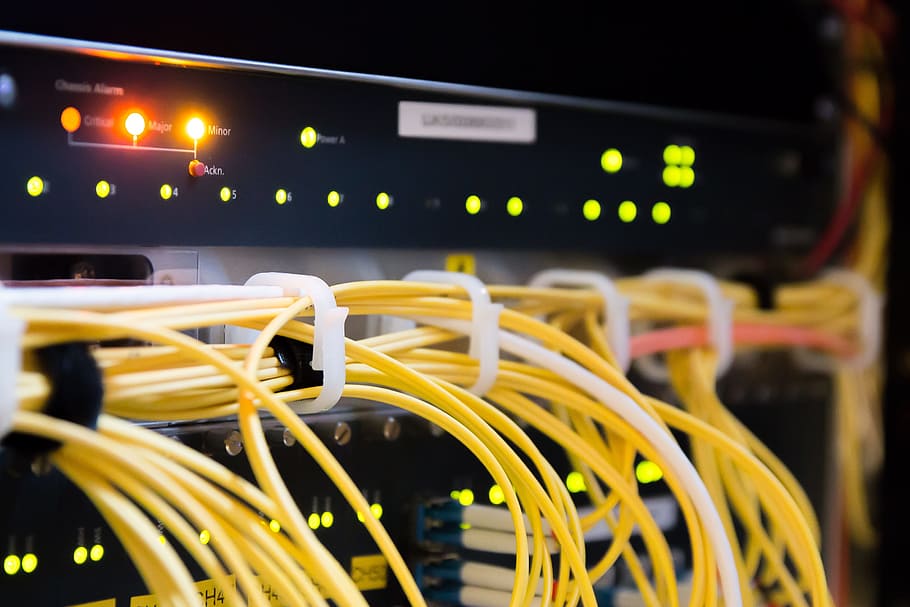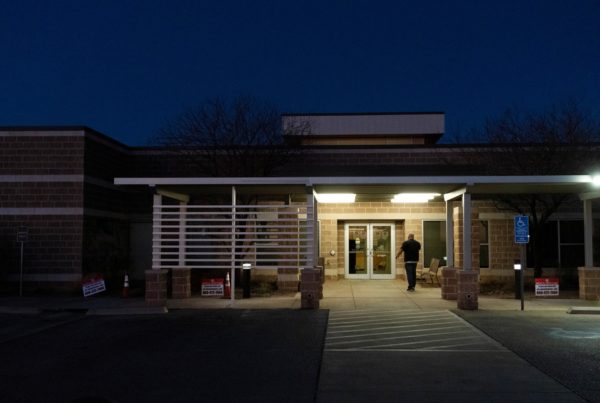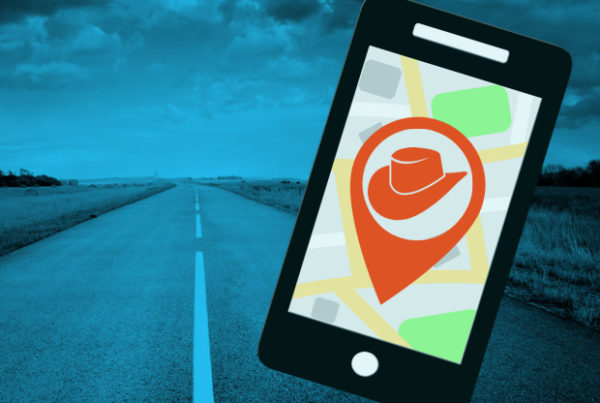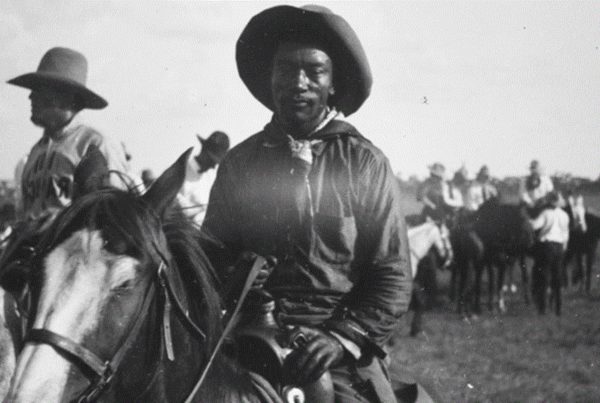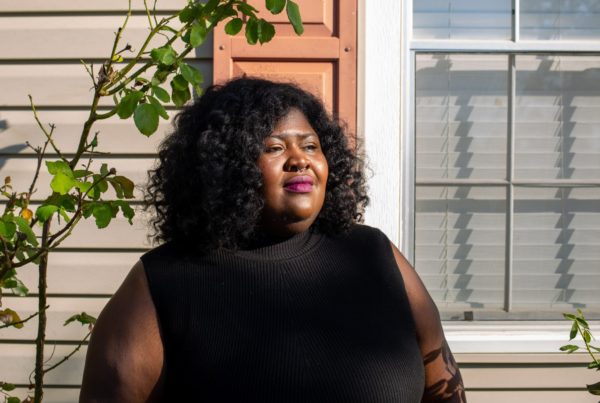Almost 900,000 Texans lack access to the internet at home, according to the state data. That mirrors a broader problem nationwide that disproportionately affects people living in rural and low-income communities.
But the recently signed Infrastructure Investment and Jobs Act could help with that, since Texas is set to receive more than $100 million to develop broadband infrastructure. Jennifer Harris, program director for the public-private group Connected Nation Texas, says the investment could be “life changing for the folks who don’t have connectivity.” Listen to the interview with Harris in the audio player above or read the transcript below.
This interview has been edited lightly for clarity.
Texas Standard: What’s the state of the digital divide in the Lone Star State? Who has access and who doesn’t?
Jennifer Harris: About 96% of Texans have physical access to broadband, but that does mean, as you mentioned, that almost 900,000 Texans – more people than live in the state of North Dakota – within our state don’t have that physical access to broadband. We see that pre-COVID, only 68% of Texas households were actually subscribing to broadband. So I think that’s what we really saw when we sent kids home from school and we asked people to work from home, you know, visit a doctor online if you could. More than 30% of Texans didn’t have that connectivity at home either because it didn’t physically exist or because they weren’t subscribing.
Are there parts of Texas that are better connected than others?
I think any type of infrastructure, we see that we face more challenges in our rural areas. So as far as broadband goes, we do have more challenges in the rural areas of our state where population is less dense. However, we do have urban and suburban broadband infrastructure deserts as well. You know, the majority of the folks that are physically disconnected are rural. But that’s not to say that you wouldn’t find someone in Houston inside the Loop that doesn’t have physical connectivity, either.
This became a massive issue during the pandemic, when you had so many kids who needed to get online and, we’re talking about in major cities, they just didn’t have access, correct?
And either because it wasn’t physically there or they couldn’t afford it or had some other barrier going on – maybe they didn’t have a device at home. All sorts of reasons that folks weren’t able to connect at the start of the pandemic.
Under this infrastructure plan, it’s my understanding Texas would get about $100 million or so for broadband expansion. Is it clear how that money is going to be distributed and spent?
That’s the minimum amount of dollars that each state will be getting. And then the remainder of that – over $40 billion – will be divided up based on a formula based on unserved locations in each state. So Texas is actually set to receive a lot more than that $100 million, and how those dollars will be spent, there are some federal guidelines that come along with those dollars because they are federal.
Connectivity is going to need to be at least 100 [megabit] download and a 20 [megabit] upload, which is much greater than our current minimum speed for broadband, which is a 25 megabits-per-second download and a 3 megabits-per-second upload. They’re also going to require providers that are accepting those dollars to provide affordable programs to residents. So once that infrastructure is physically there, making sure that they have an an affordable, low-cost program.
So, we’re talking about subsidies, basically, for people to be able to pay to afford internet access?
Really, it would be a low-cost plan. So when you went to choose your internet plan from a company, there would be a low- cost option if you qualify under those low-cost standards. There is a separate program from the federal government called the Emergency Broadband Benefit that was made permanent in the infrastructure bill that was during this most recent COVID time, that’s been a $50 dollar, up to a $50 a month subsidy to families to subscribe to broadband. And then with the infrastructure bill, that will continue on as a $30 a month subsidy toward your home broadband connection moving forward.
Is it clear how the division of funds is going to work?
Those are outlined in the infrastructure bill. $65 billion total for broadband infrastructure, and then there’s over $2 billion that’s going to the digital equity piece of that infrastructure bill that it will really help focus on that affordability piece and then how those dollars get spent in taxes will really be up to the newly developed Broadband Development Office within the comptroller’s office that was established during the most recent legislative session.
This is a huge investment, but do you see it as enough to fully address our broadband needs here in Texas?
That’s a very good question. I think if, we do see we’ve already received almost or a little over half-a-billion dollars through the Coronavirus Capital Projects Fund that’s going toward infrastructure that the comptroller’s Broadband Development Office is going after. And then, however many dollars we see from the infrastructure bill, which will be many, many more than that $100 million, are going to get us a long way.
But honestly, I think we’re probably going to still have more work to do. And I think we talk about solving the digital divide, but I don’t know that it’s one of those things that will ever be completely solved. I think technology is going to keep changing and we’re always going to have more devices and more things that we’re connecting so we can get very close to the digital divide. And then we need to grow along with it. So I think this is a challenge that we keep tackling just like we repair roads. We’re going to have to repair broadband infrastructure and grow along with technology.
Are we talking about an investment that is on the scale of, say, the super highways in terms of its potential for change?
I think it’s even on the scale of rural electrification. I think it’s really on that scale that it really is going to be life-changing for the folks that don’t currently have that connectivity. I think many of us take for granted the connectivity that we do have and don’t realize that we’ve got so many folks across the country that don’t have anything at all. So really, I think the way our economy changed and the way this nation changed once we got electricity to everyone, I think we’re going to see those kind of changes once we get broadband to everyone.


